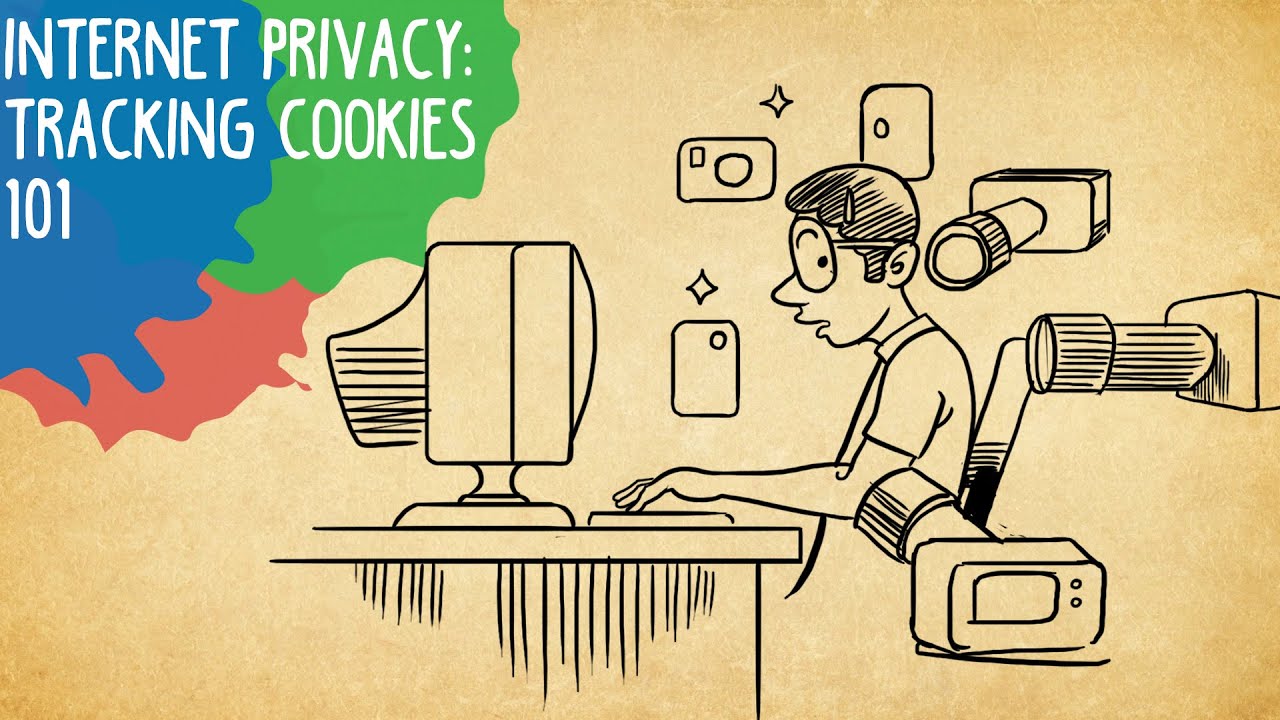
Navigating Privacy in the Digital Age: Microsoft’s Commitment
In today’s interconnected world, privacy has taken center stage in the ongoing discussions about technology and its impact on society. As one of the leading technology giants, Microsoft continues to prioritize user privacy through several initiatives that aim to enhance transparency and user control over personal data.
Understanding Microsoft’s Approach to Data Privacy
Microsoft and its third-party partners deploy cookies to not only track user activity but also to boost service delivery and ad personalization. By enabling features like personalized content, users can align their experience according to their preferences. However, users maintain the ability to control how their data is utilized.
“You can select ‘I Accept’ to consent to these uses or click on ‘Manage Preferences’ to review your options.”
In essence, this dual approach underscores Microsoft’s intent to empower users while facilitating interaction with its products. A simplified choice of options allows individuals to either accept all cookies, manage their consent preferences, or reject all tracking efforts outright.
 Cookies play a crucial role in user privacy.
Cookies play a crucial role in user privacy.
The Role of Cookies: Necessity vs. Convenience
Cookies are classified into several categories, essential for website functionality:
- Strictly Necessary Cookies: These operate at the most fundamental level, enabling core functionalities such as user log-in and language preference saving. Without these cookies, essential services cannot function effectively.
- Social Media Cookies: These enhance user engagement by enabling sharing on social platforms, creating a more connected experience across various networks.
- Advertising Cookies: By collecting data on user behavior, these cookies allow advertisers to present relevant ads tailored to individual interests and browsing patterns.
- Third-Party Analytics: Utilized to analyze overall visitor interactions with websites, thus driving continuous improvement over time.
Such differentiation illustrates the balance between enhancing user experiences through data collection while also committing to user privacy. Microsoft’s eagerness to adhere to stringent privacy standards mirrors a broader industry trend towards responsible data management.
Transparency and User Control
An important aspect of Microsoft’s strategy is its commitment to transparency. Users are assured that their preferences are respected through the Transparency and Consent Framework, a model that signifies working alongside users to foster a trusting relationship. By allowing users to exercise their rights concerning personal data, Microsoft fortifies a culture of accountability.
For those looking for a comprehensive understanding of what these choices entail, Microsoft provides additional resources such as the Privacy Statement for users to review their rights and available options. Furthermore, their cooperation with entities like the IAB illustrates a broader commitment to aligning with universal privacy standards, thus fostering societal trust in technology.
 Transparency in data handling is paramount for user trust.
Transparency in data handling is paramount for user trust.
Conclusion: A Step Towards a Safer Digital Future
In summary, Microsoft’s initiatives reflect an enduring commitment to privacy that resonates with the evolving expectations of modern users. As a leader in technology, their proactive approach to data privacy ensures that users can enjoy personalized experiences without compromising their rights. As users navigate their digital existence, it becomes increasingly essential to understand the implications of their data choices and to remain informed about the tools at their disposal to manage those choices effectively.
With Microsoft leading the charge in privacy technology, the question remains: how do we as users advocate for even greater transparency and control in our digital lives? Change may be collaborative, but it often starts with individual awareness and the willingness to voice our preferences.
For more information on how to manage your privacy settings, visit Microsoft Privacy.















